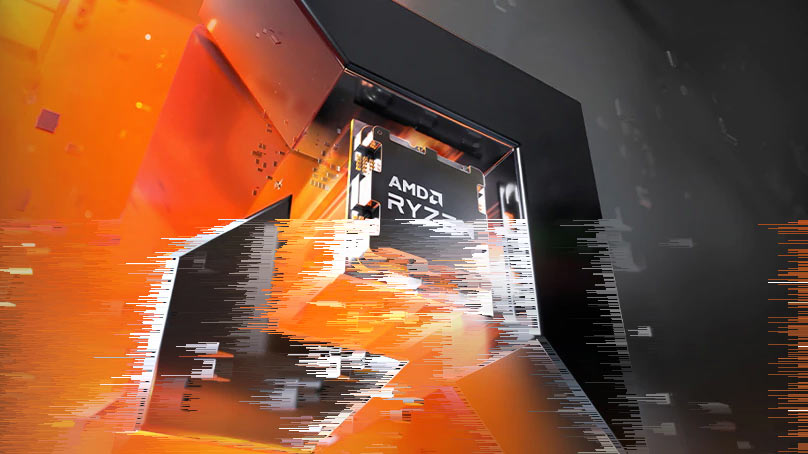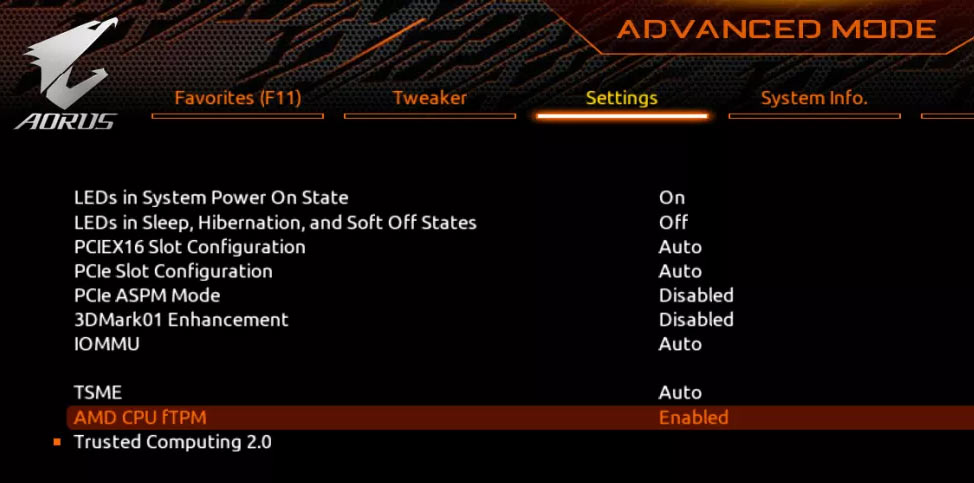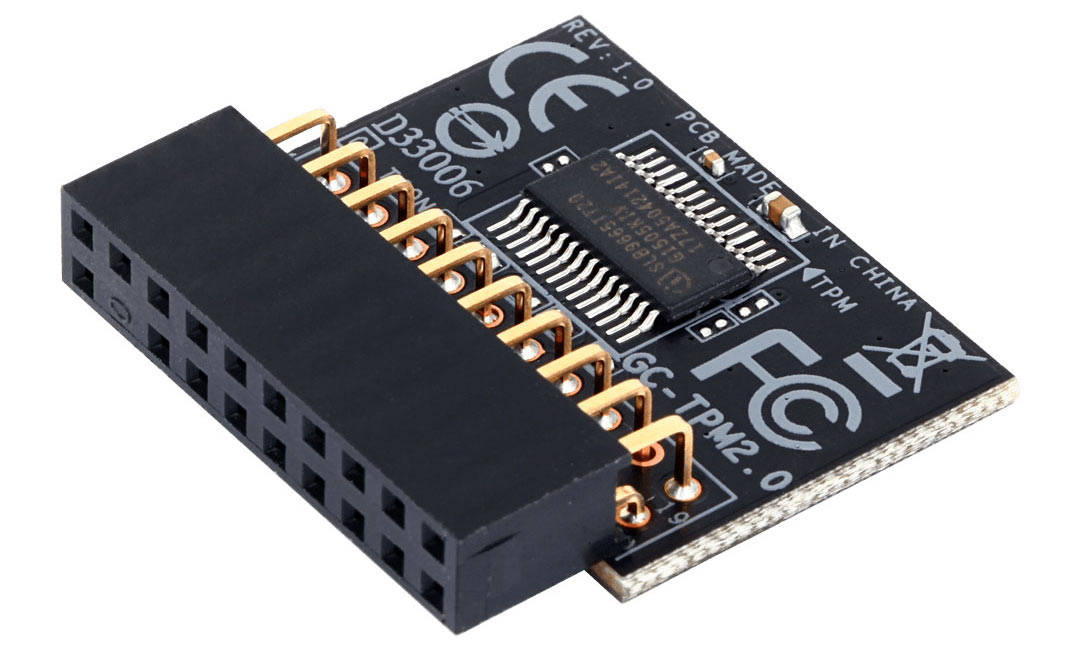Linus Torvalds Is Tired of AMD's 'Stupid' fTPM Errors
AMD released a BIOS patch and workaround for similar issues reported on Windows last year.

The creator of the Linux OS, Linus Torvalds, vented his frustration with AMD's fTPM implementation (h/t Phoronix). Tersely characterizing the AMD fTPM as "crud," the outspoken Finnish developer appeared to suggest the best thing to do with this motherboard flash-based TPM solution would be to disable it, at least as far as using it for hardware random number generation is concerned. Torvalds noted that the CPU RDRAND instruction for the same task doesn't cause stuttering, so it could be used instead.
We have previously covered news of AMD's fTPM (firmware trusted platform module) implementation causing stuttering in Windows apps and games, and the official purported fix/workaround. Please carefully heed AMD's warning about the workaround of switching an active system from fTPM to dTPM. However, it seems like AMD's BIOS patches haven't managed to iron out all the fTPM stuttering behavior on Windows or Linux.
We wrote our last article about AMD fTPM-induced stuttering on Windows in March 2022. However, subsequently launched AMD CPUs and platforms appear to have inherited the same or similar issues. People with the newest AM5 systems in 2023 are still complaining about stuttering, though without further investigation, we can't be sure whether there is some other root cause. System stuttering can be a huge problem when working with media files since it can interrupt video conferencing and infuriate gamers (among other things).
Circling back to the Linux creator's diatribe concerning AMD's fTPM, he began with his conclusion: "Let's just disable the stupid fTPM HWRND thing," was his opening assertion. Various reasons were put forward to this end, but the crux of the issue seems to be that the fixes we have seen and reported upon "apparently didn't turn out to be true."
In a further lengthy comment on the state of the AMD fTPM, Torvalds appeared to throw shade at motherboard BIOS coders before putting forward a key observation about the CPU-based RDRAND vs. the fTPM-based HWRND. "So RDRAND (and RDSEED in particular) can be rather slow, but I think we're talking hundreds of CPU cycles (maybe low thousands)," wrote Torvalds. "Nothing like the stuttering reports we've seen from fTPM."

It would be interesting to hear from readers with AMD CPU-based systems about whether the official fixes or workarounds helped or the extent of any stuttering issues still present (Windows & Linux users).
Get Tom's Hardware's best news and in-depth reviews, straight to your inbox.

Mark Tyson is a news editor at Tom's Hardware. He enjoys covering the full breadth of PC tech; from business and semiconductor design to products approaching the edge of reason.
-
Giroro It's important to leave the TPM disabled.Reply
Otherwise, Windows will someday randomly "upgrade" your system the hardware you paid for to Windows 11 without your consent. A fate worse than death. -
bigdragon After a couple patches and BIOS updates intended to fix the stuttering, my 5900X x570 still did it frequently. I disabled fTPM completely on that system. No more stuttering! No more Windows 11 fullscreen spam from Microsoft either. AMD really needs to get their act together. There's no excuse for the problems their fTPM is having.Reply
As an aside, my 5800X b450 machine does not stutter and fTPM has been left on. Both machines have ASRock boards. -
RichardtST Enabling fTPM simply means that you completely give up ownership of your hardware. It does not in any way shape or form add security. It adds control, at your expense. They control your hardware, you do not. 100% get into the BIOS and disable it.Reply -
wiak Windows Update & fTPM is root of all evil, always makes your pc either crash, stop working with software and devices and stutterReply -
rluker5 Windows 10 support ends in 2025. Windows 11 does have some nice features, like wake from sleep without a pin. Which is nice in a secure environment like your house.Reply
It's $25-35 for a TPM module.
If fTPM is a problem, just get dTPM. -
Kamen Rider Blade TPM has already long been defeatedReply
https://arstechnica.com/gadgets/2021/08/how-to-go-from-stolen-pc-to-network-intrusion-in-30-minutes/
https://www.tomshardware.com/news/amd-tpm-hacked-faultpm
https://www.techspot.com/news/97824-two-security-flaws-tpm-20-specs-put-cryptographic.html
It's pointless to put our trust in fTPM or dTPM.
We need something else, something better than TPM. -
suryasans Apparently, AMD is using the RAM module as the temporary storage to store the result of fTPM housekeeping and save it later when the PC is shutting down.Reply -
Indicajones i upgrade every gen and have been for last 20+ years(its a personal problem). Switched AM5 from 12900k and it was a massive downgrade in everything but benchmark stats. For some reason one STILL has to disable "USB selective suspend setting" . This finally fixed my massive stuttering on boot. Everything is up to date and running QVL. Fine wine..... blahhhhReply
